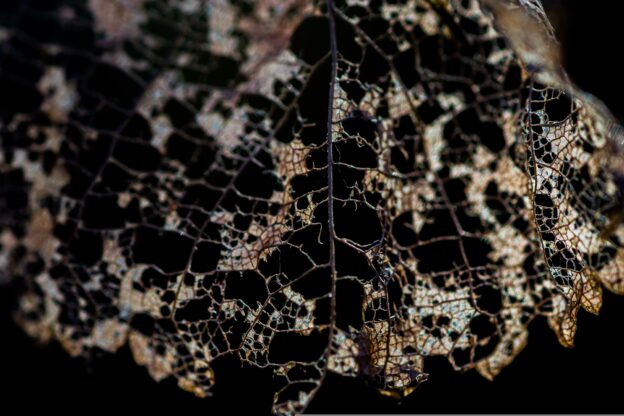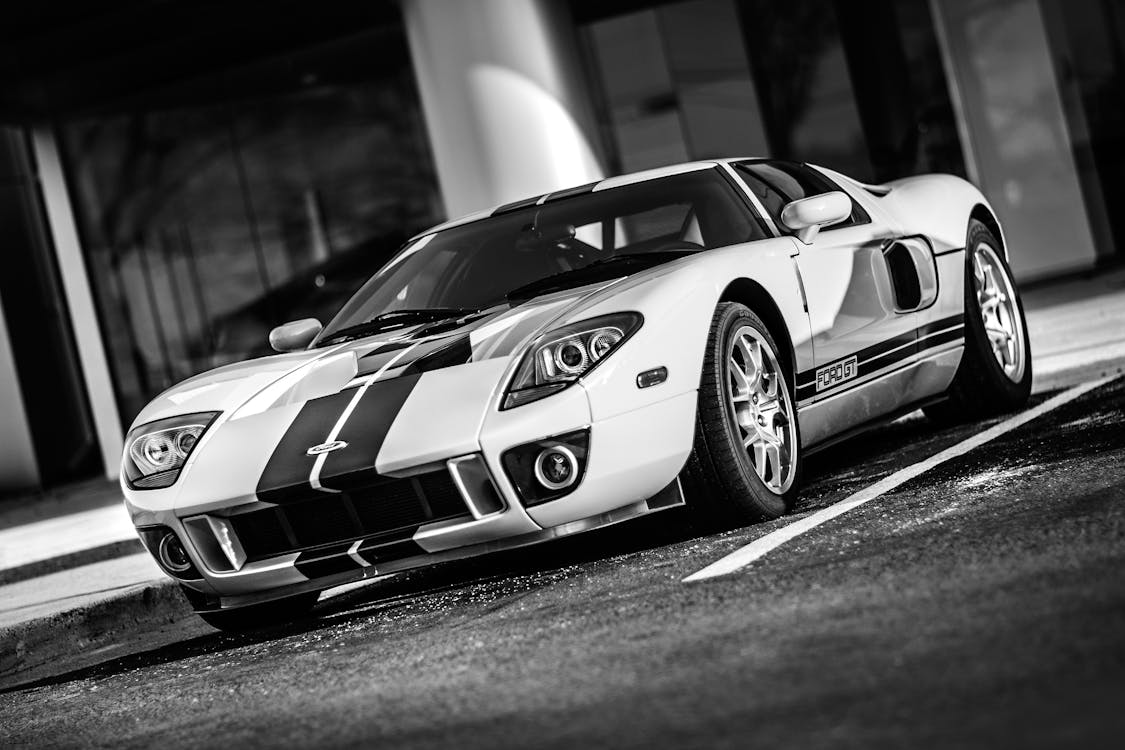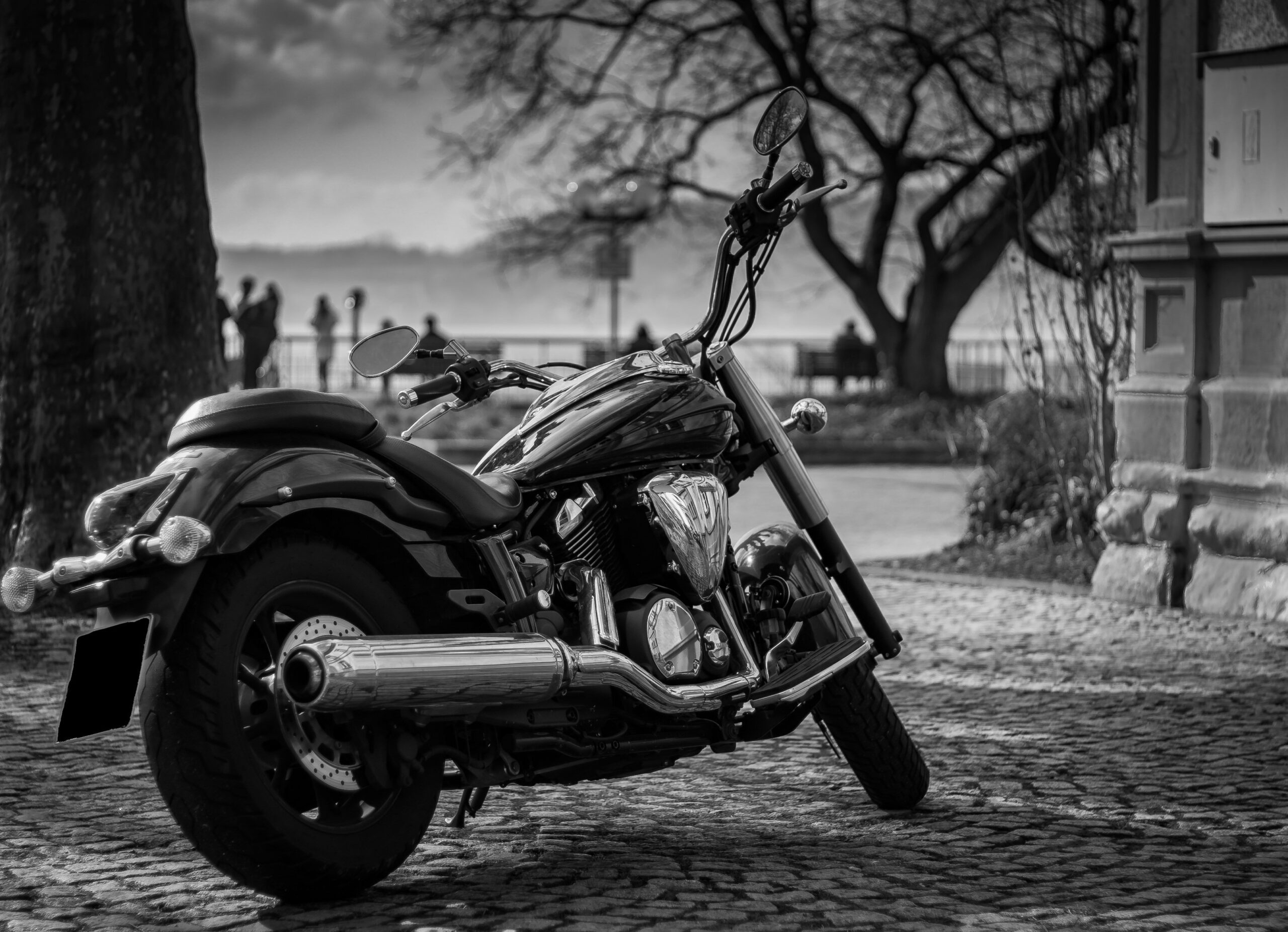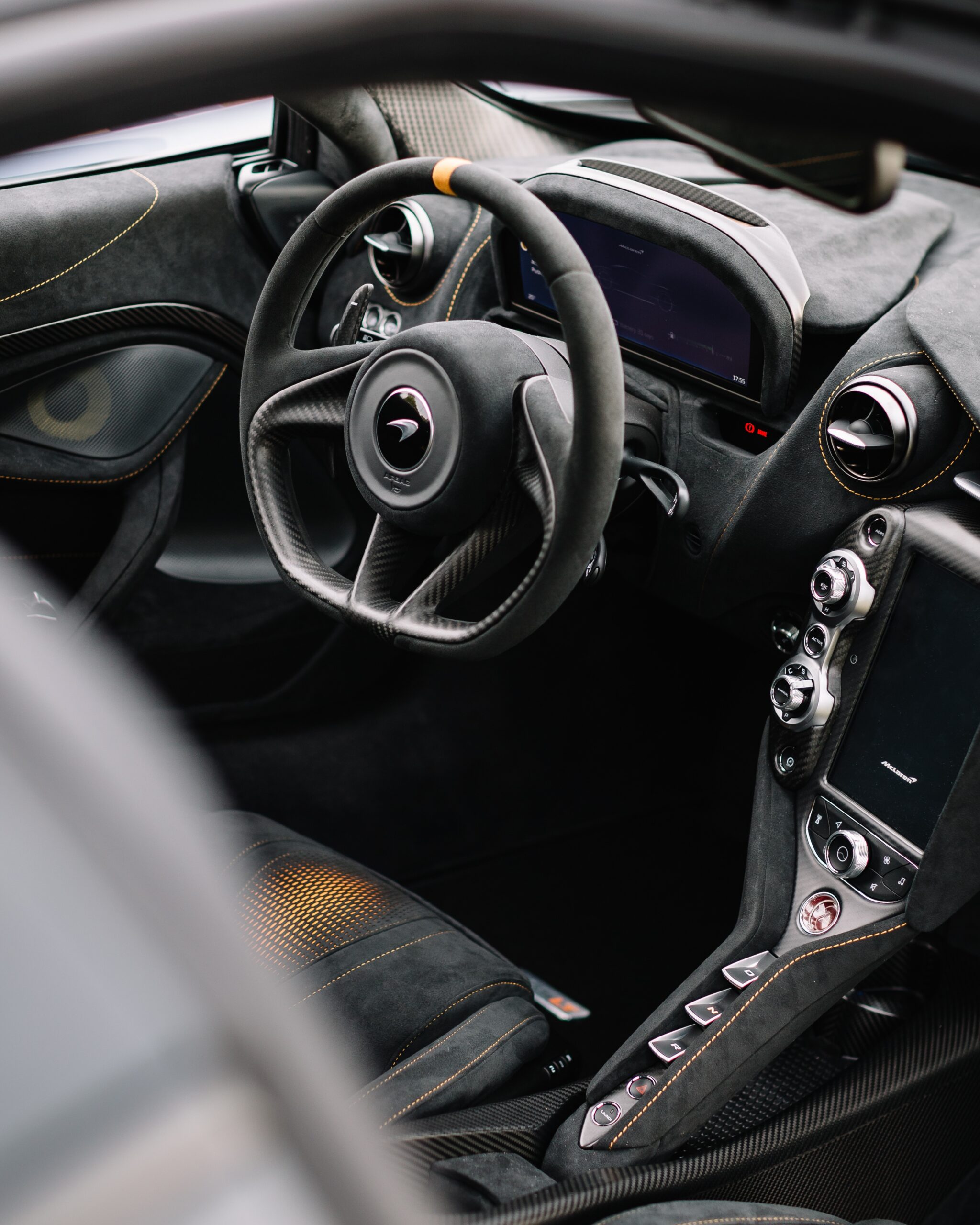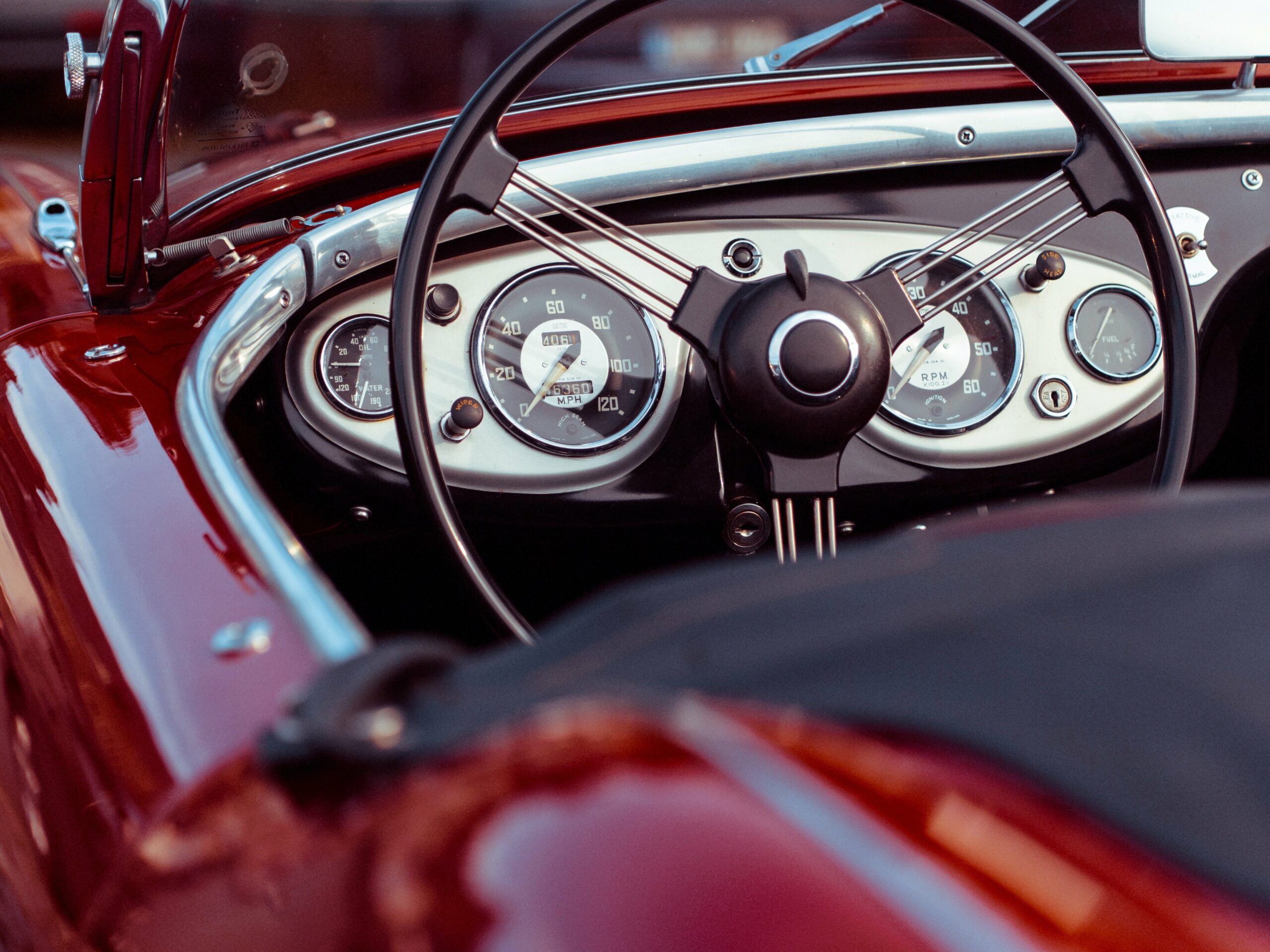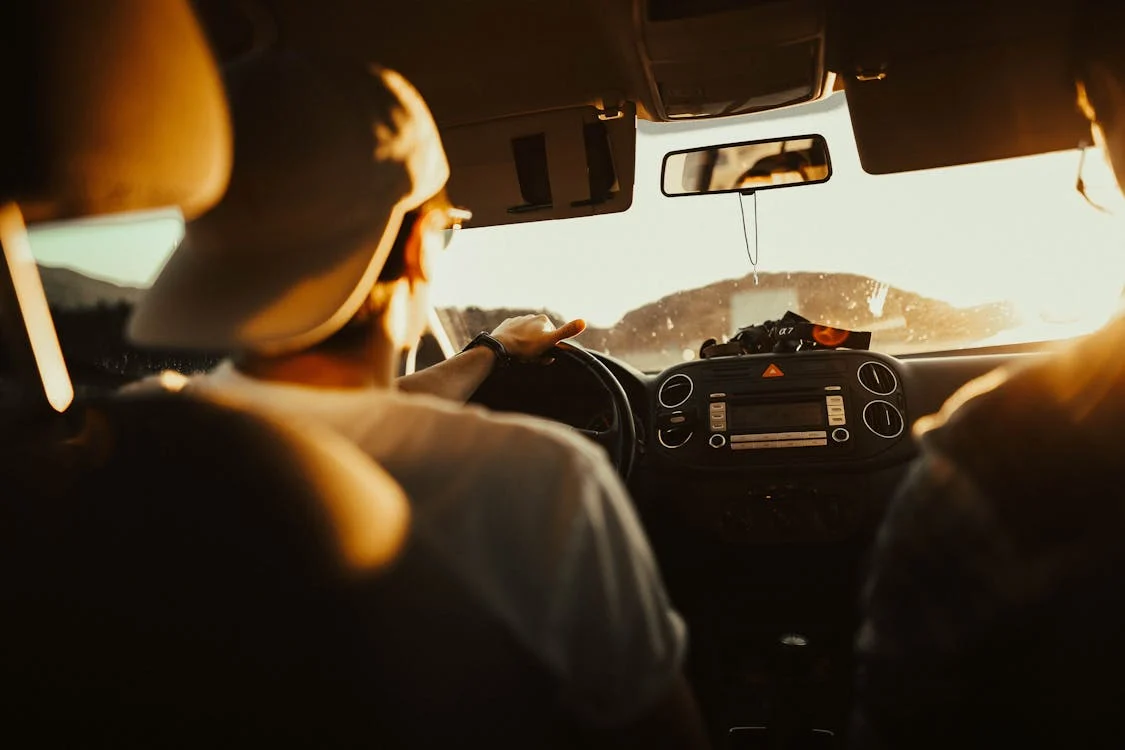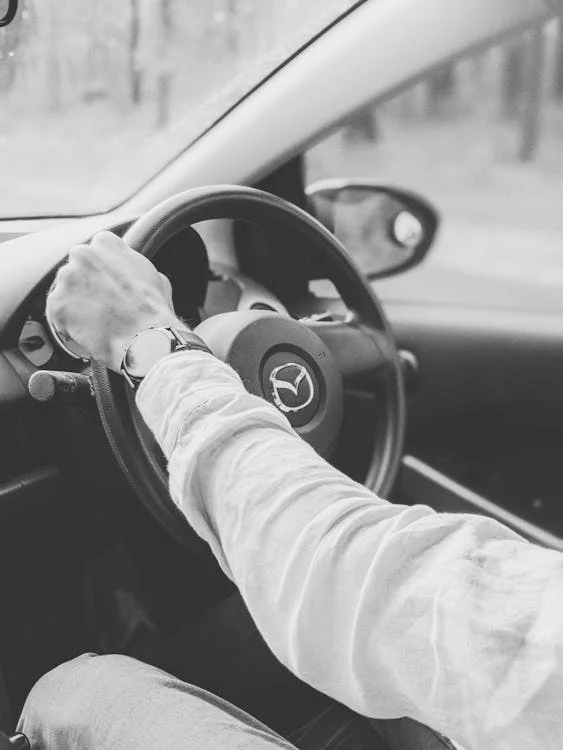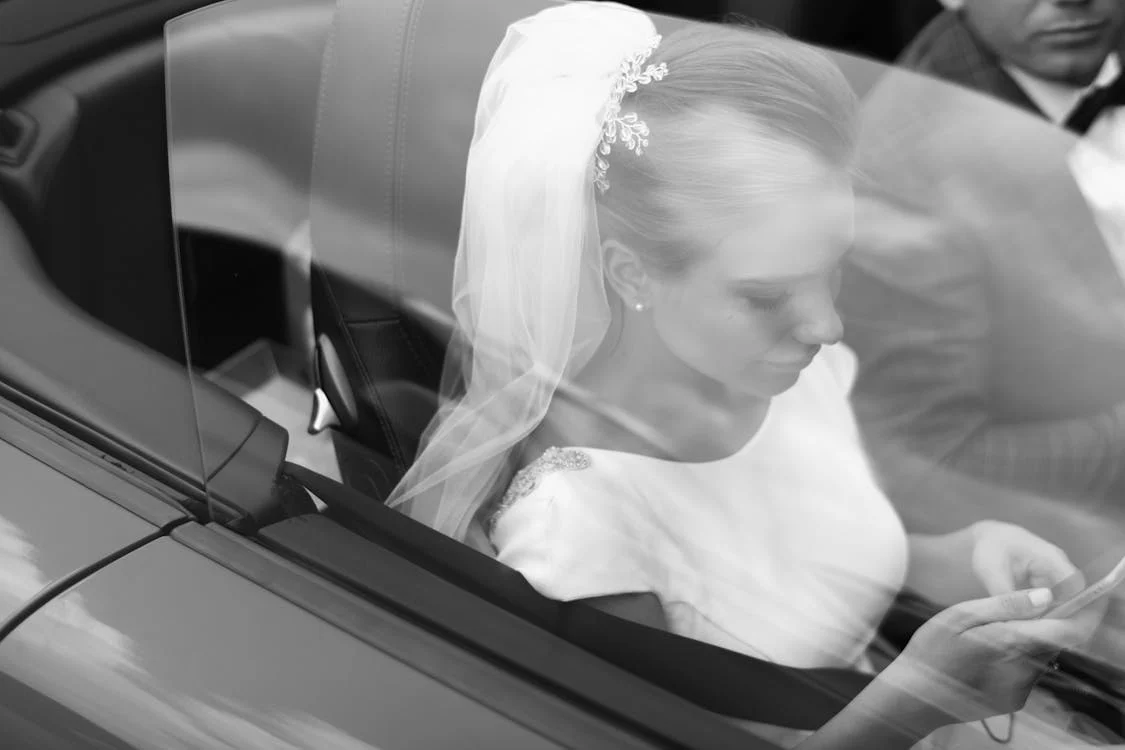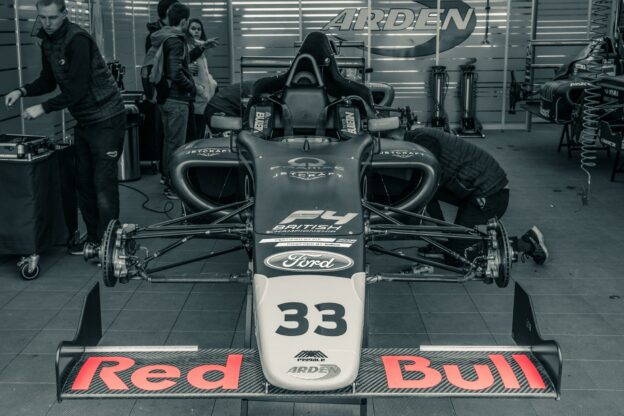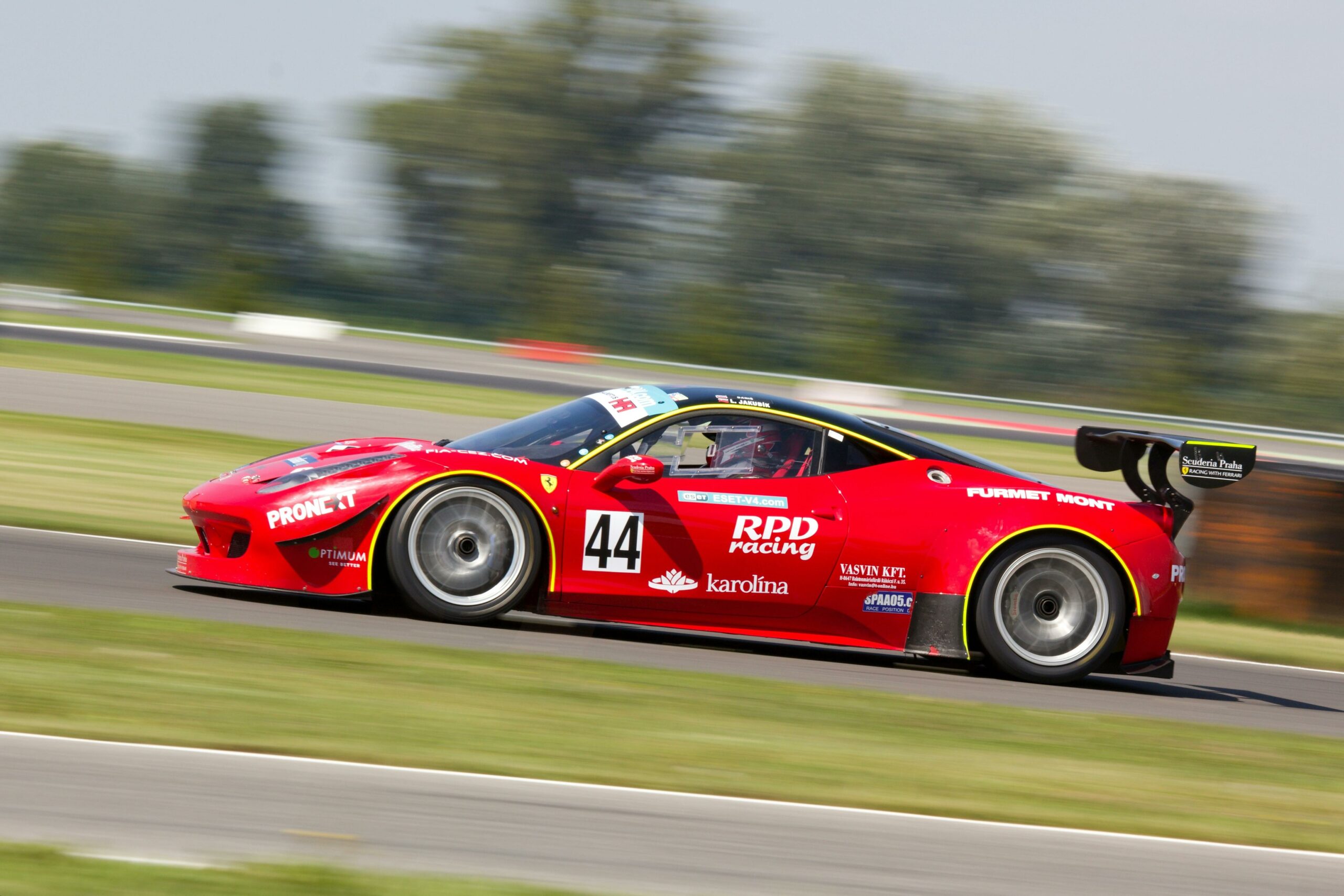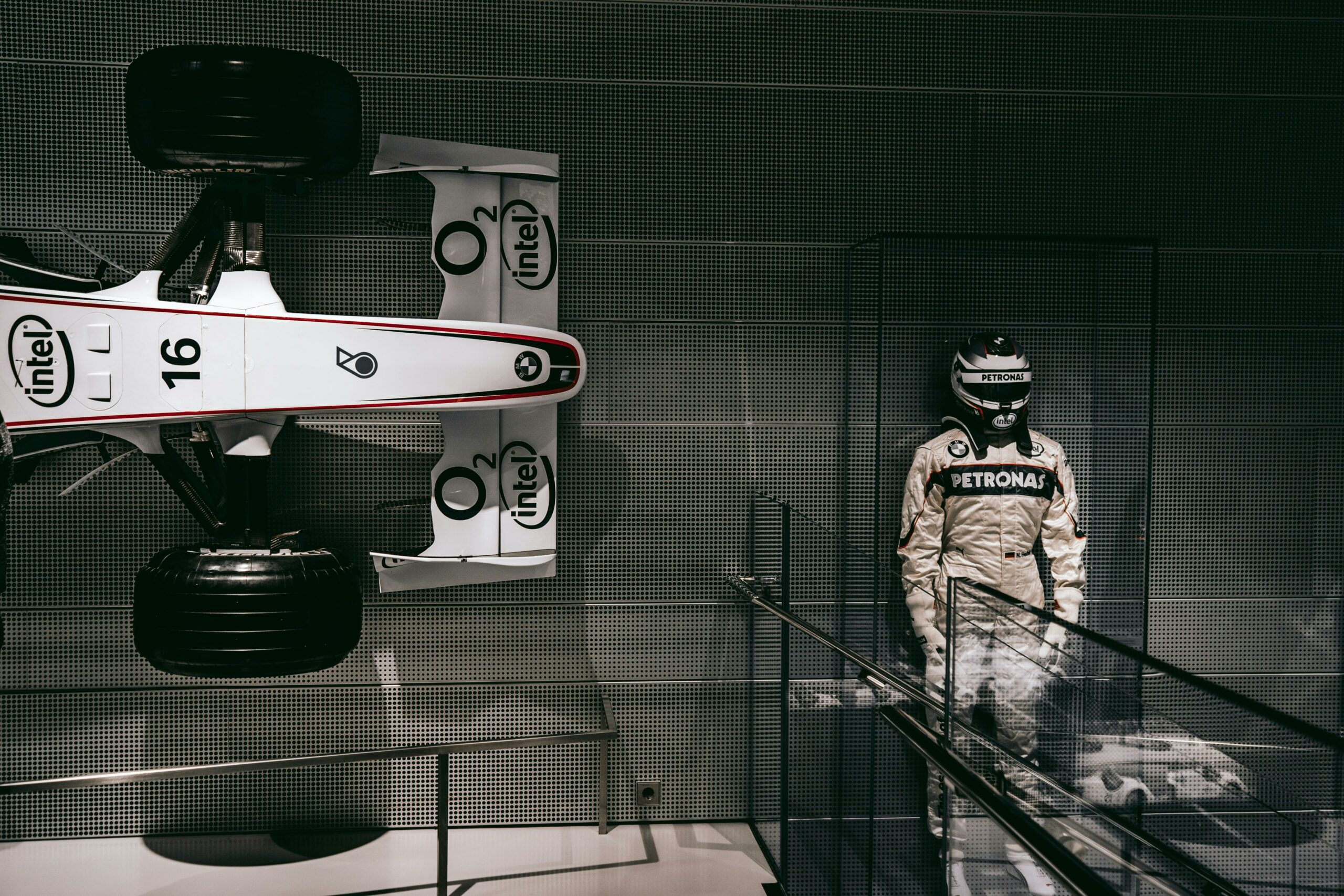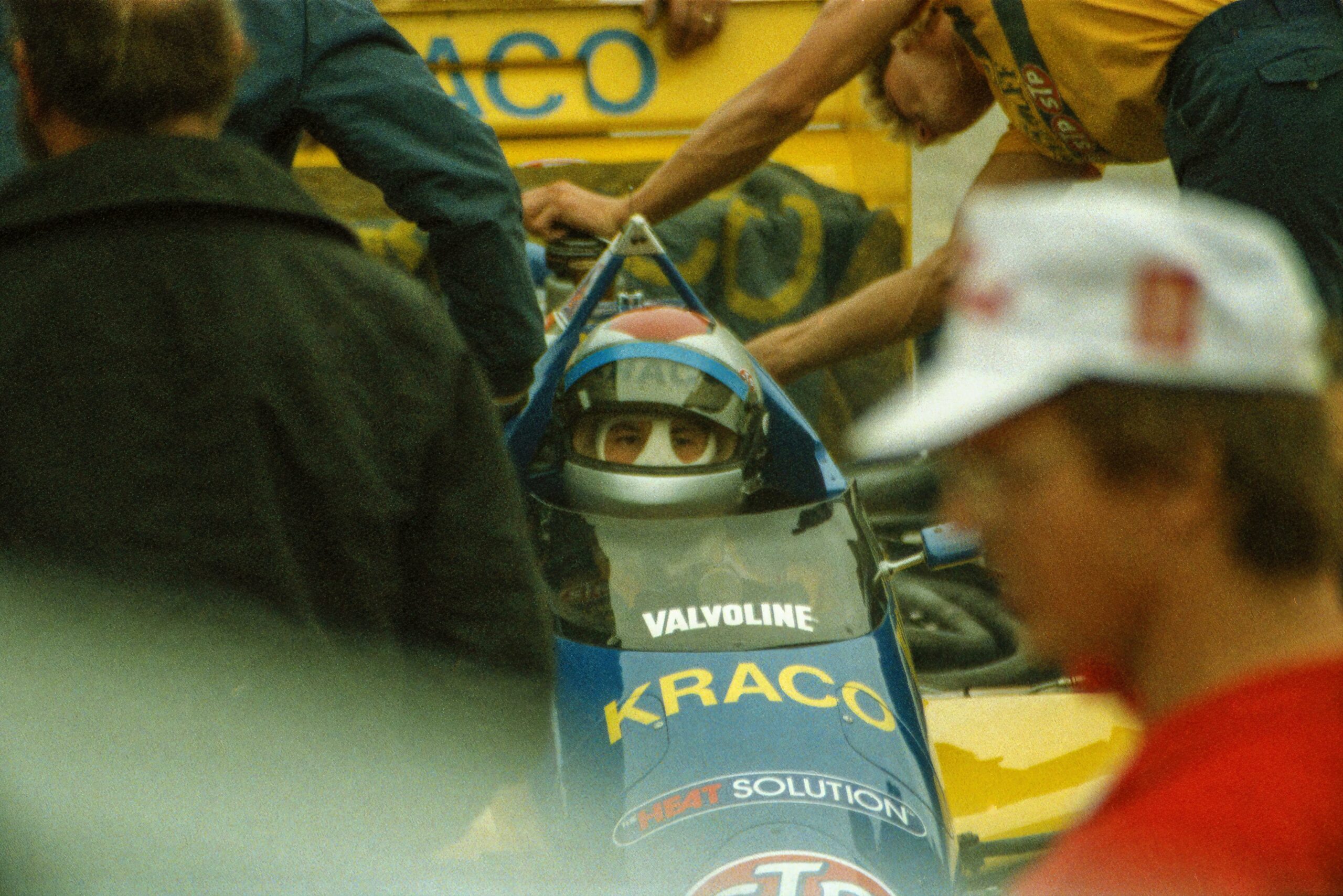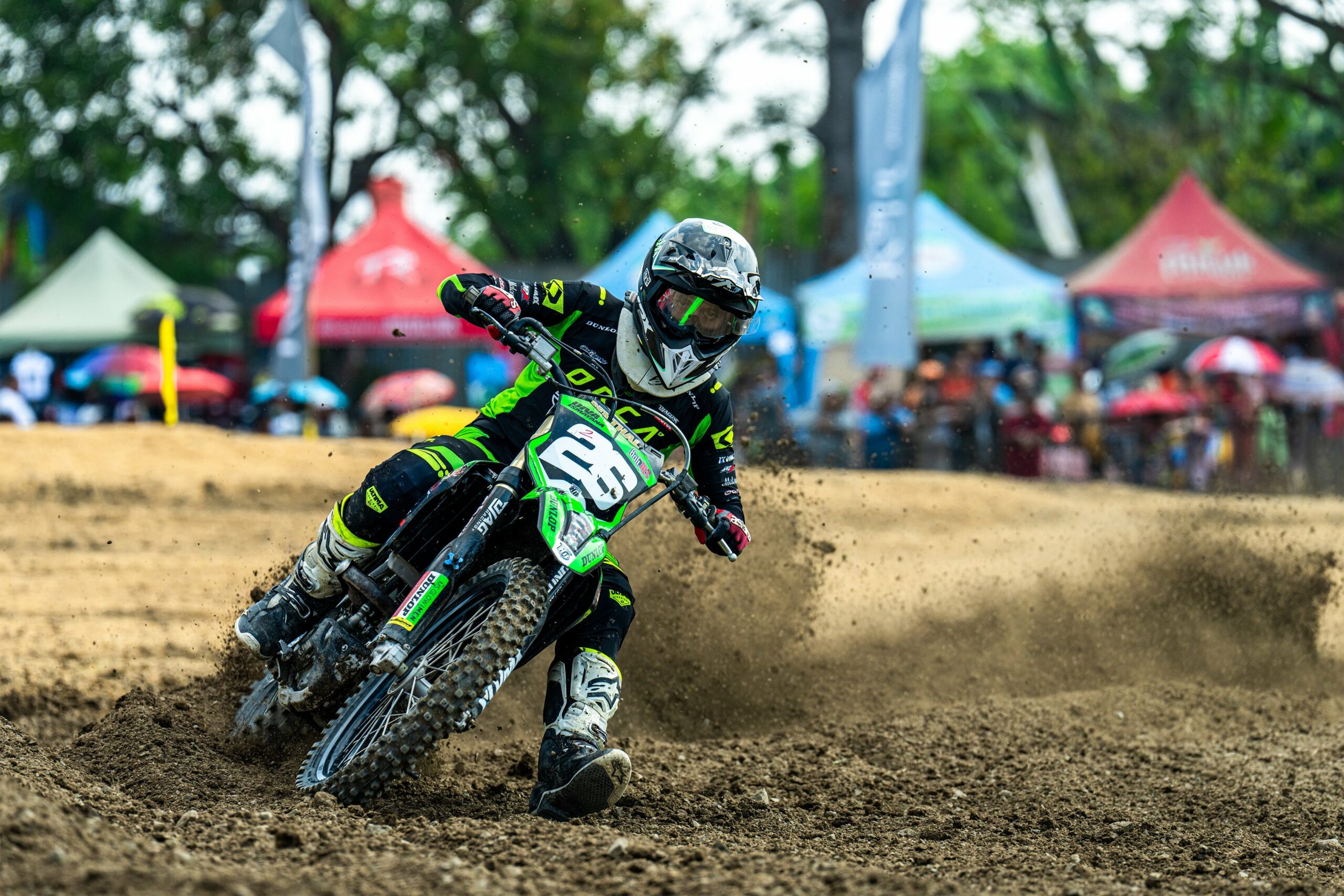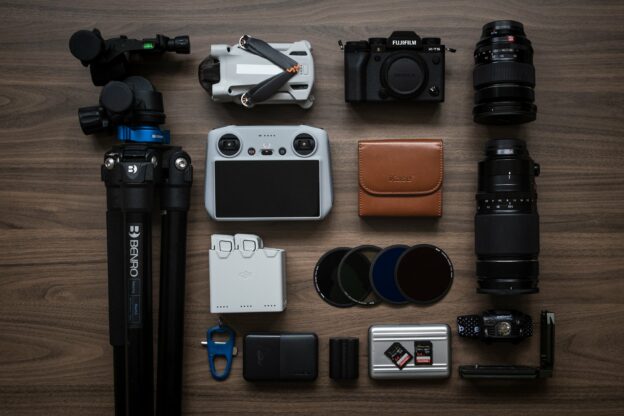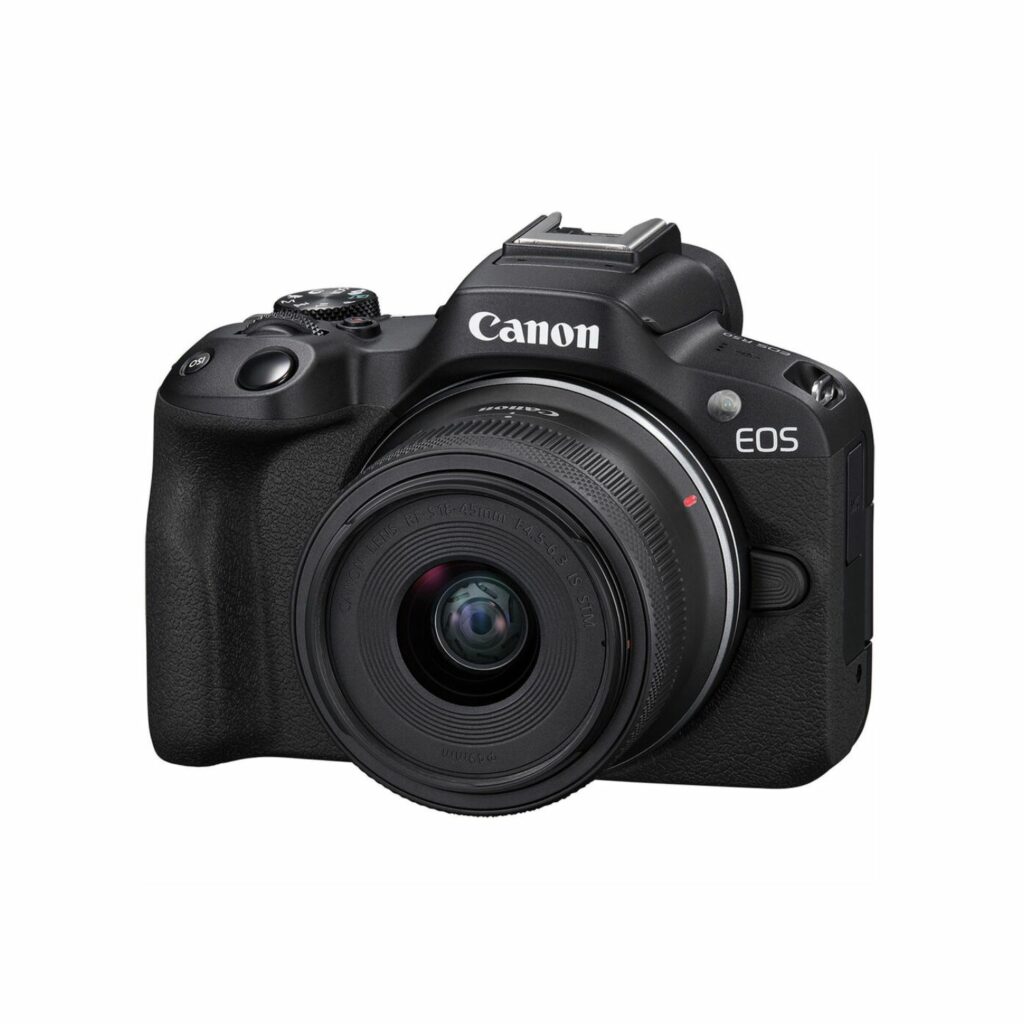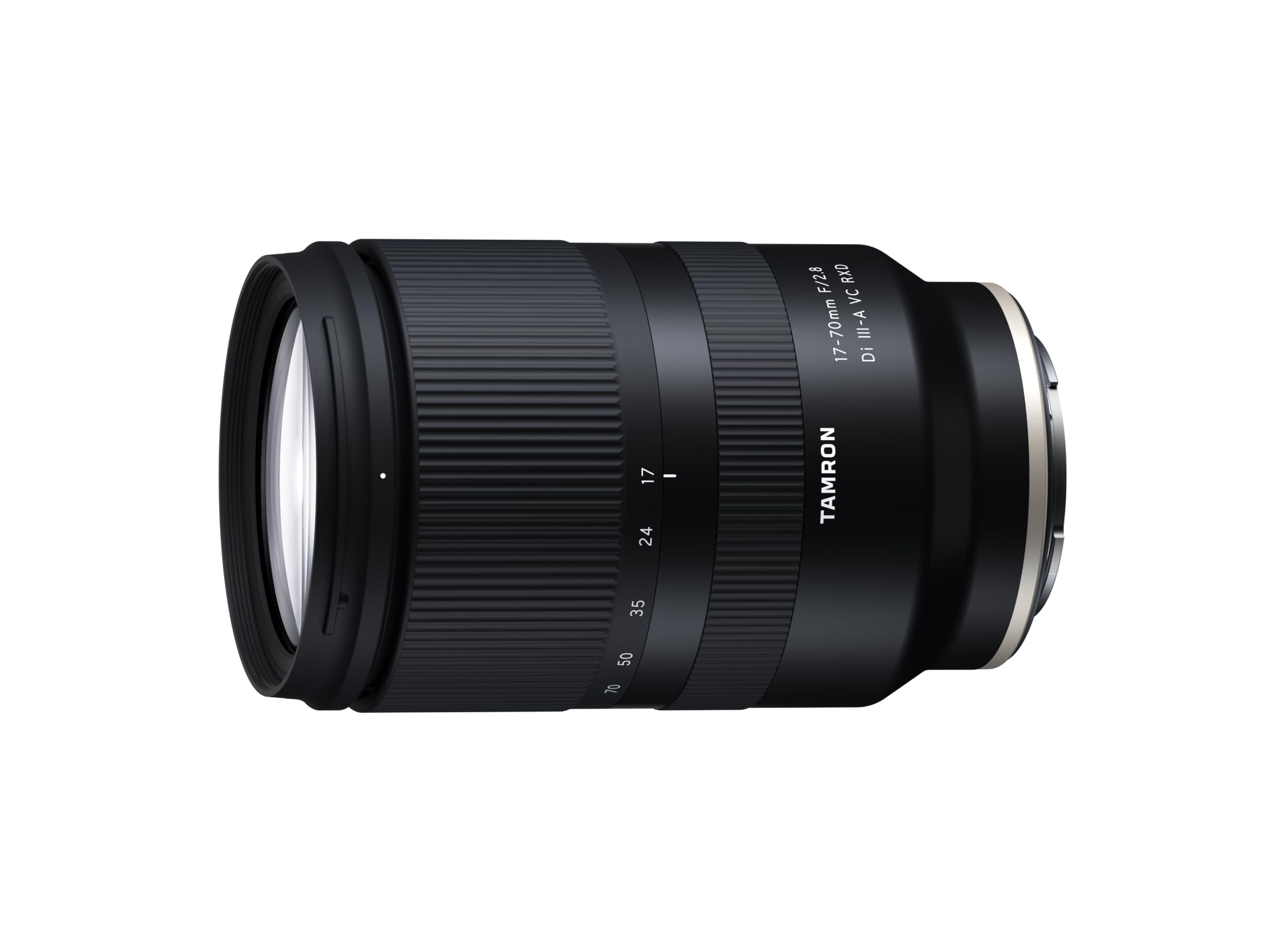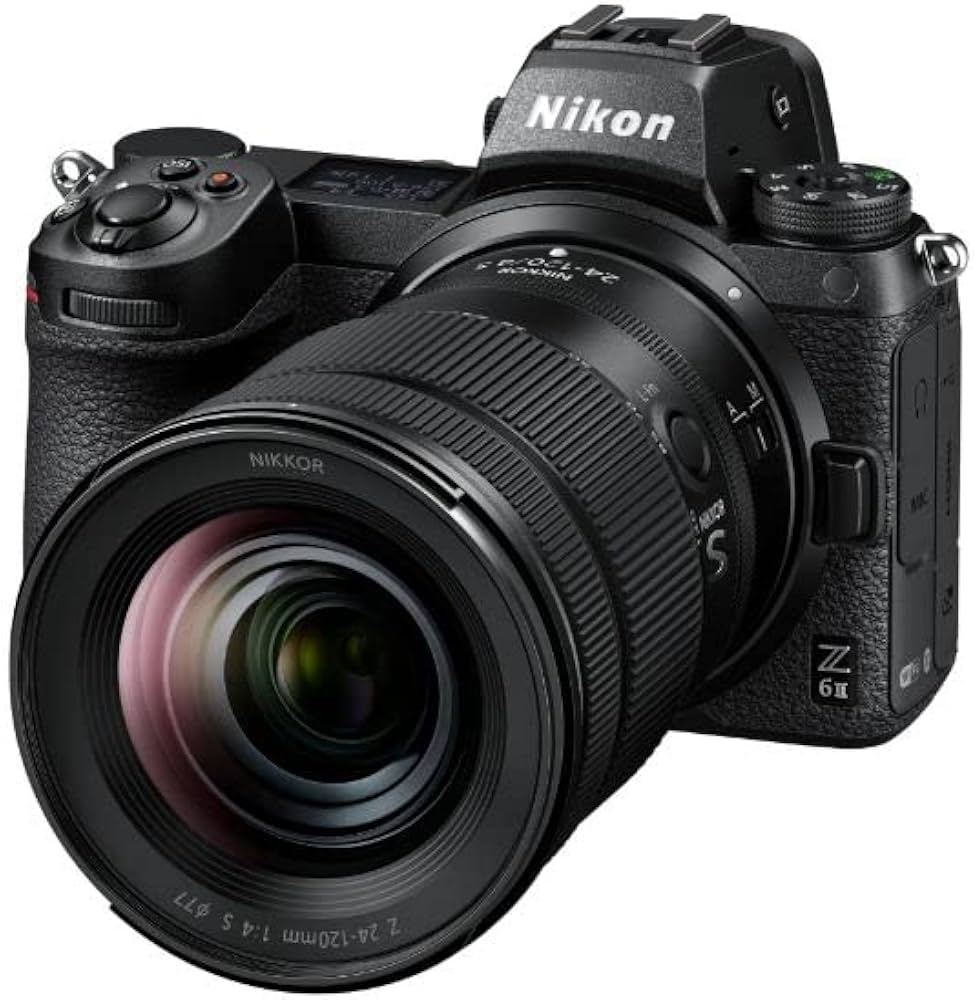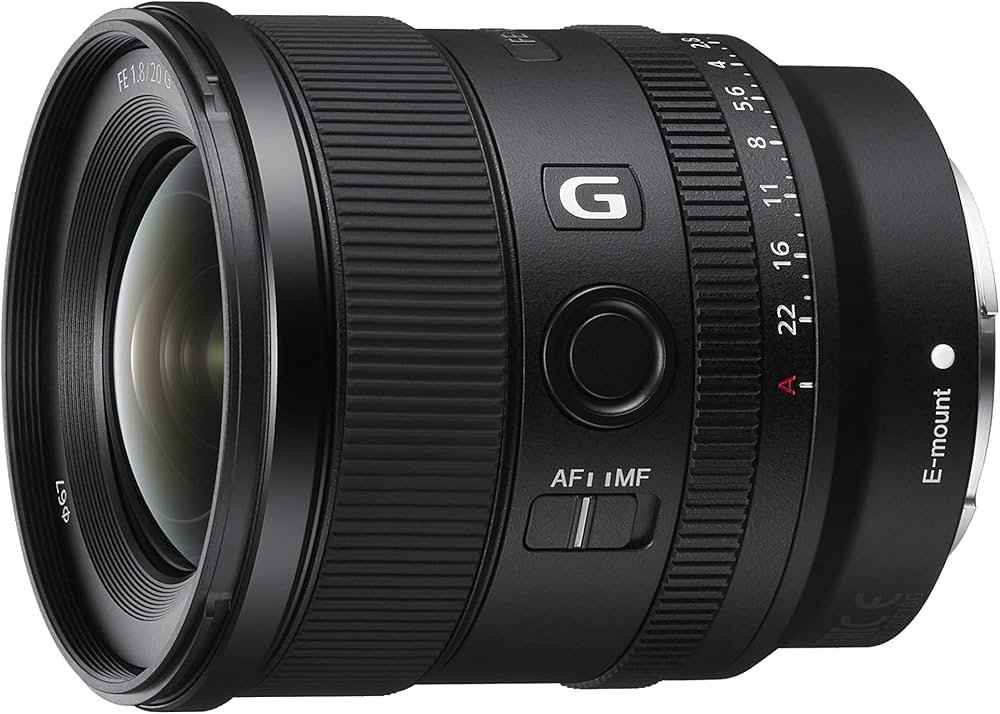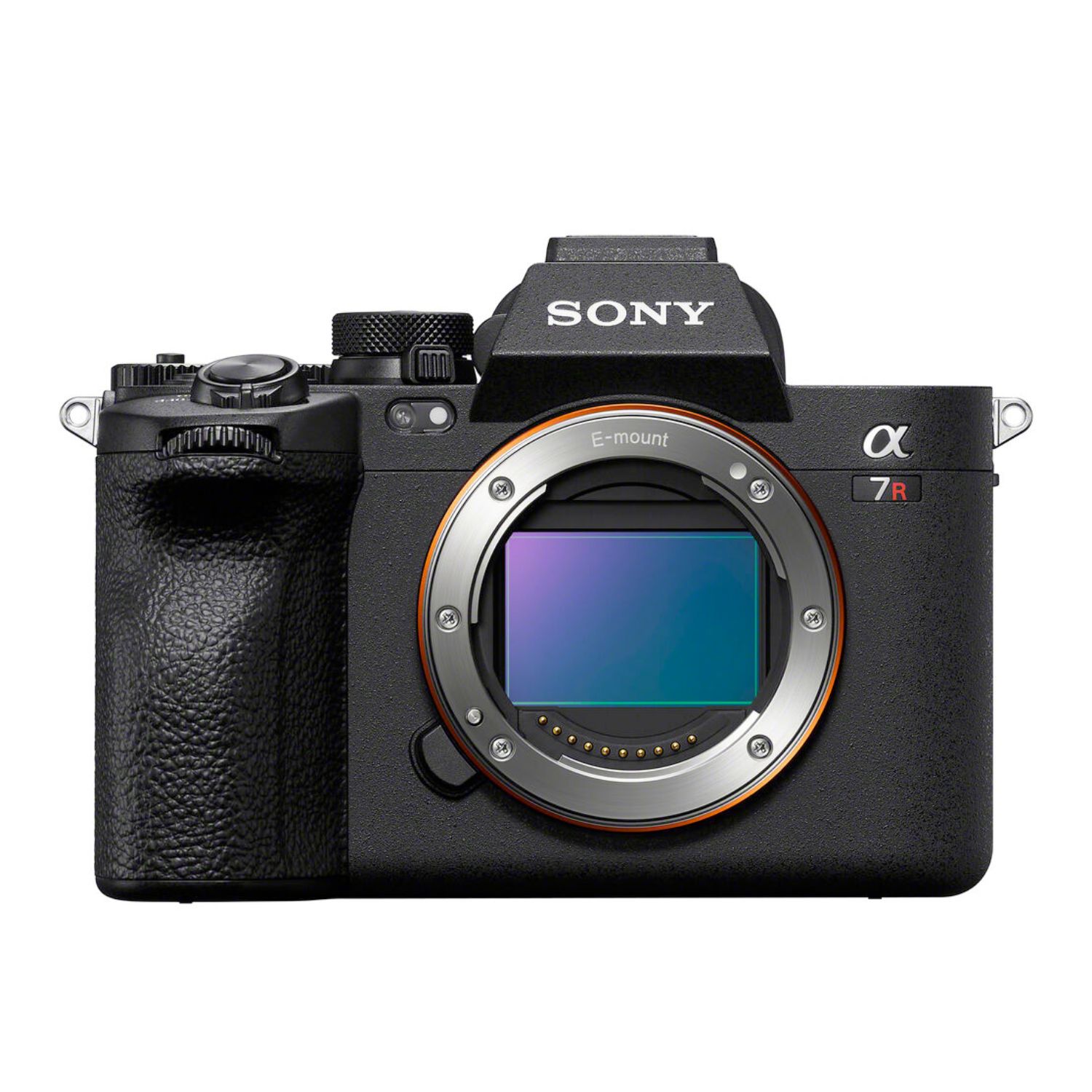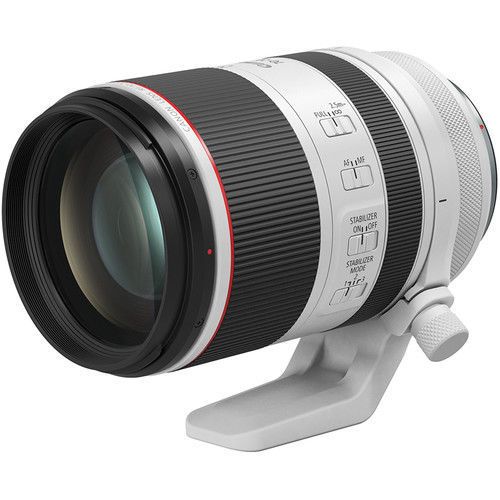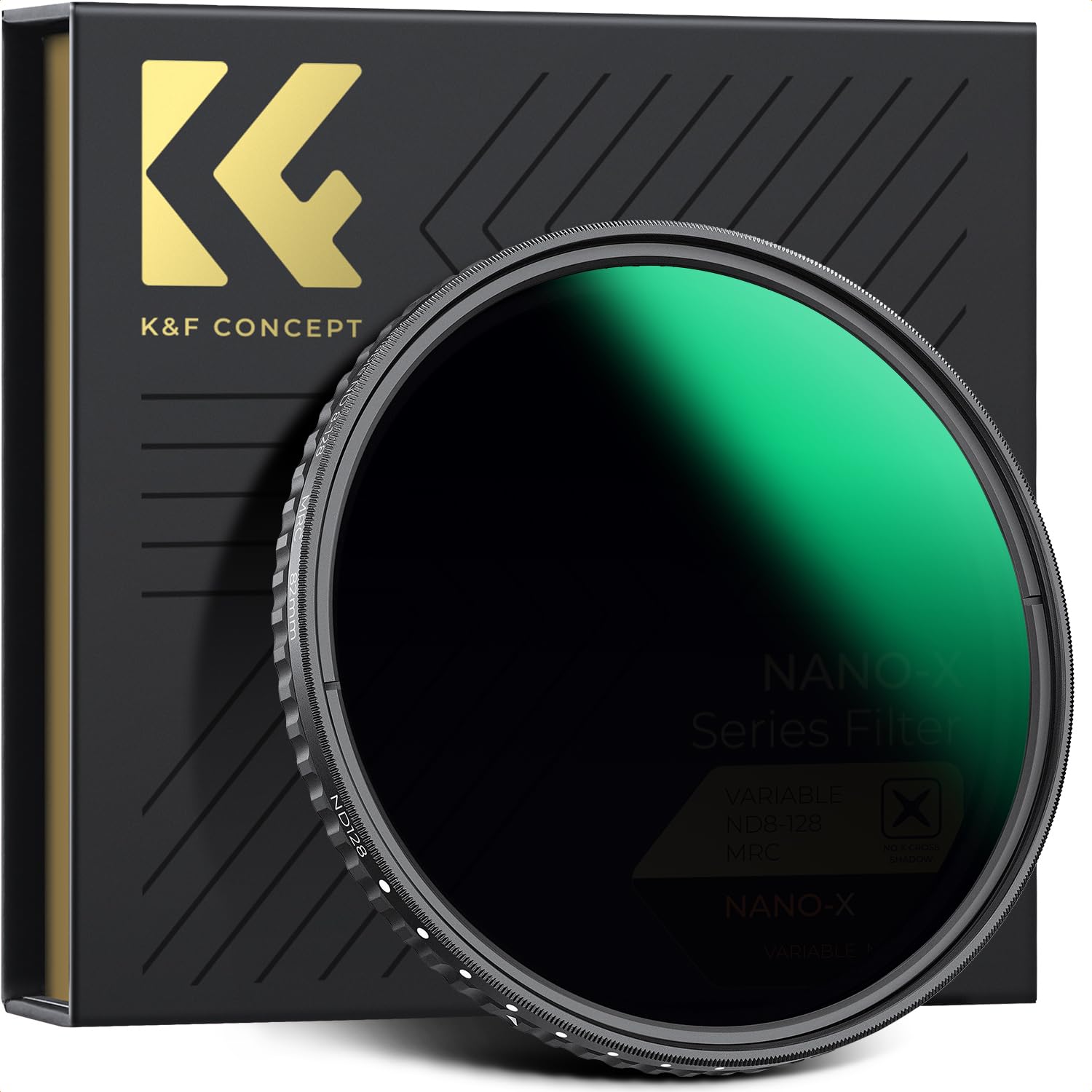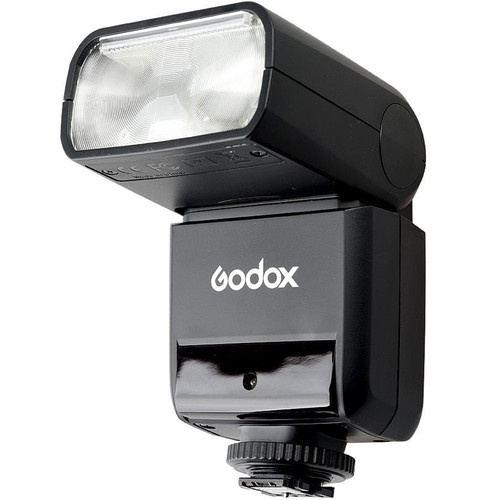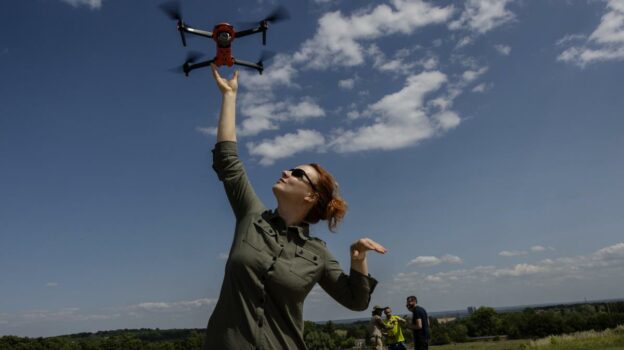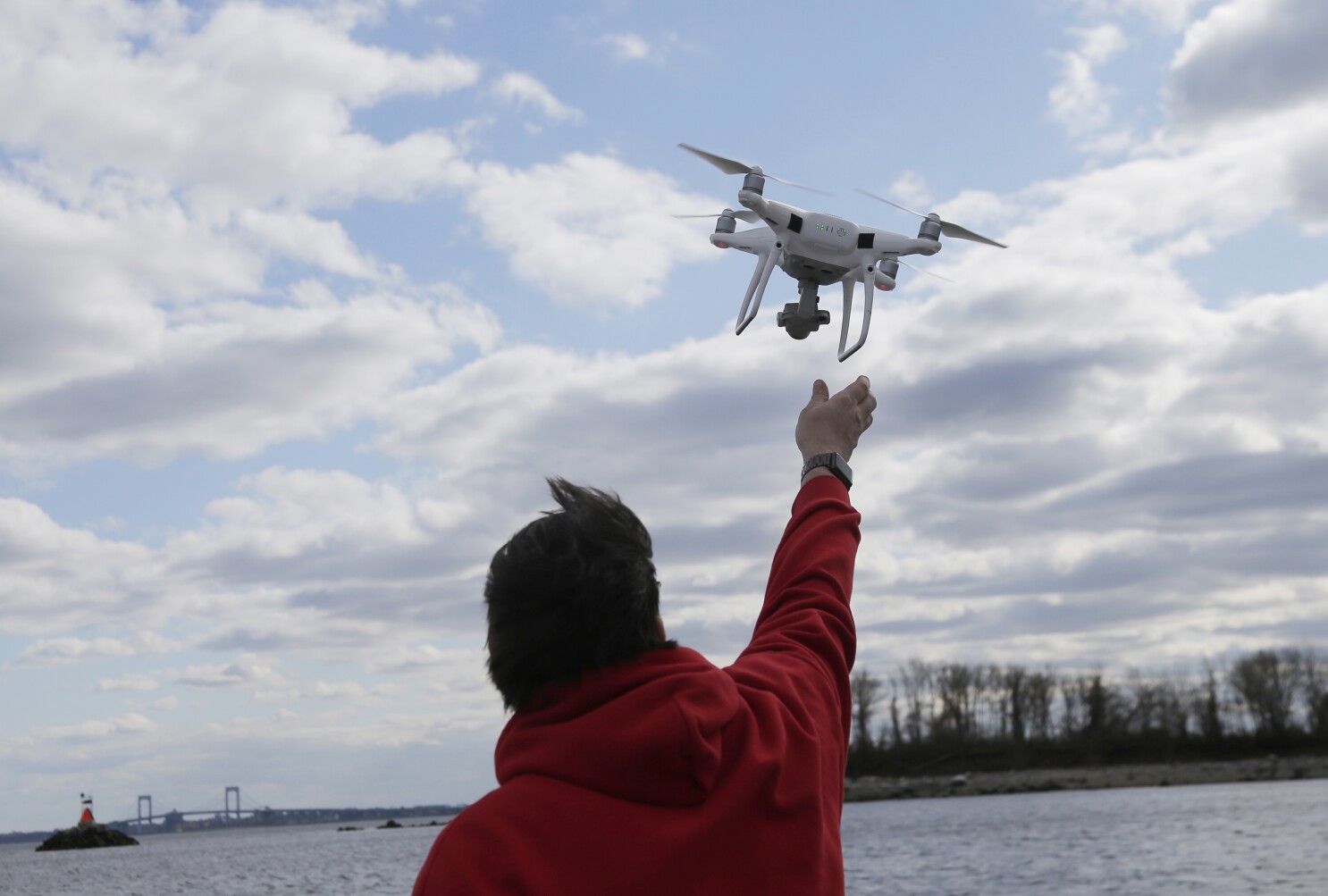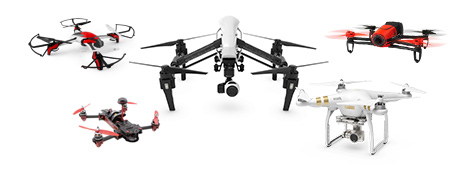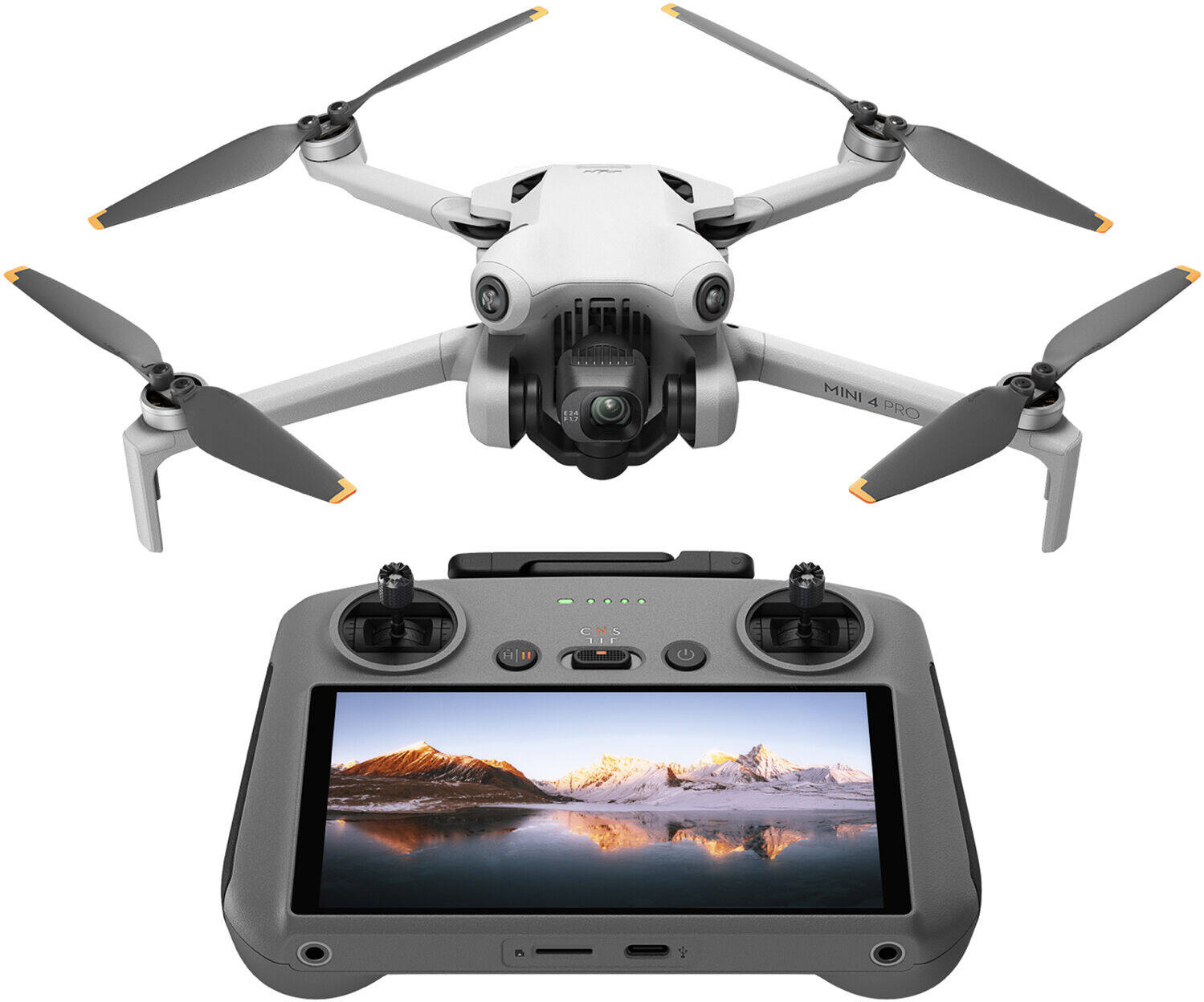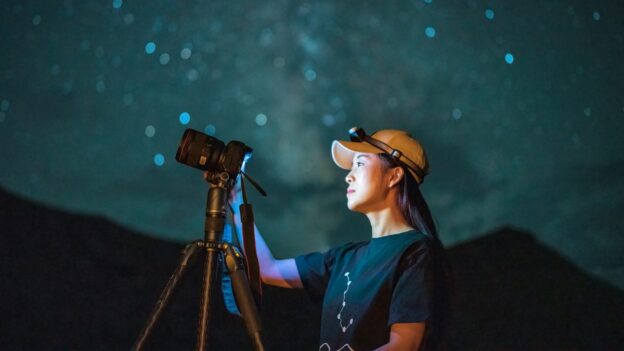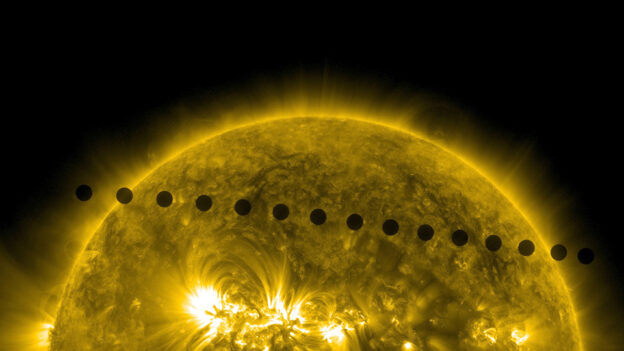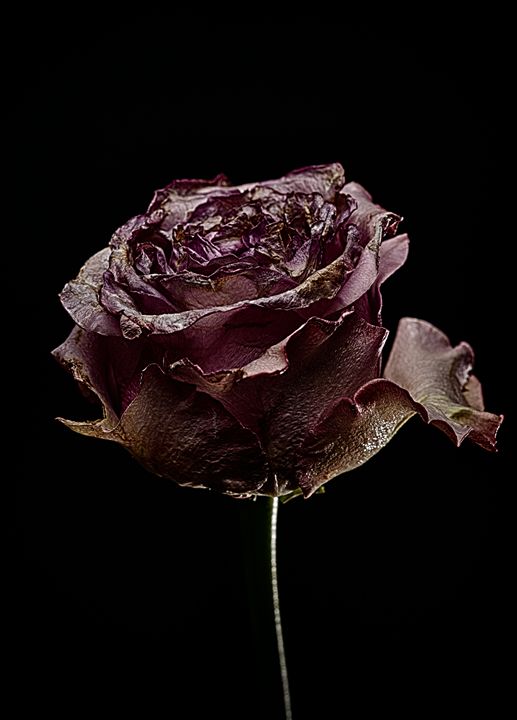
Decay is usually seen as a sign of failure, of neglect, corrosion, and abandonment. It marks the places we leave behind and the things we no longer touch. But for those who carry a macro lens, decay is not the end of something, but the beginning of a fascinating visual story. Up close, rot becomes a rich texture, rust becomes a complex pattern, and ruin becomes poetry. Welcome to the world of Decay Diaries, where beauty isn’t found in perfection, but in what is slowly falling apart.
The Allure of the Forgotten
Macro photography has a way of flipping the world on its head. What we might walk past without a second glance – a crumbling wall, a rusted hinge, a bruised fruit – suddenly transforms into something captivating when seen a few centimeters away. Details emerge: delicate cracks, explosive colours, structures layered like geological strata.
There’s something deeply meditative about photographing decay. It requires slowing down, seeing not just what’s there, but what’s happening. Every spot of rot or smear of rust is an unfolding process. Each tells a quiet story of time, transformation, and return.
Rot: The Slow Rebirth
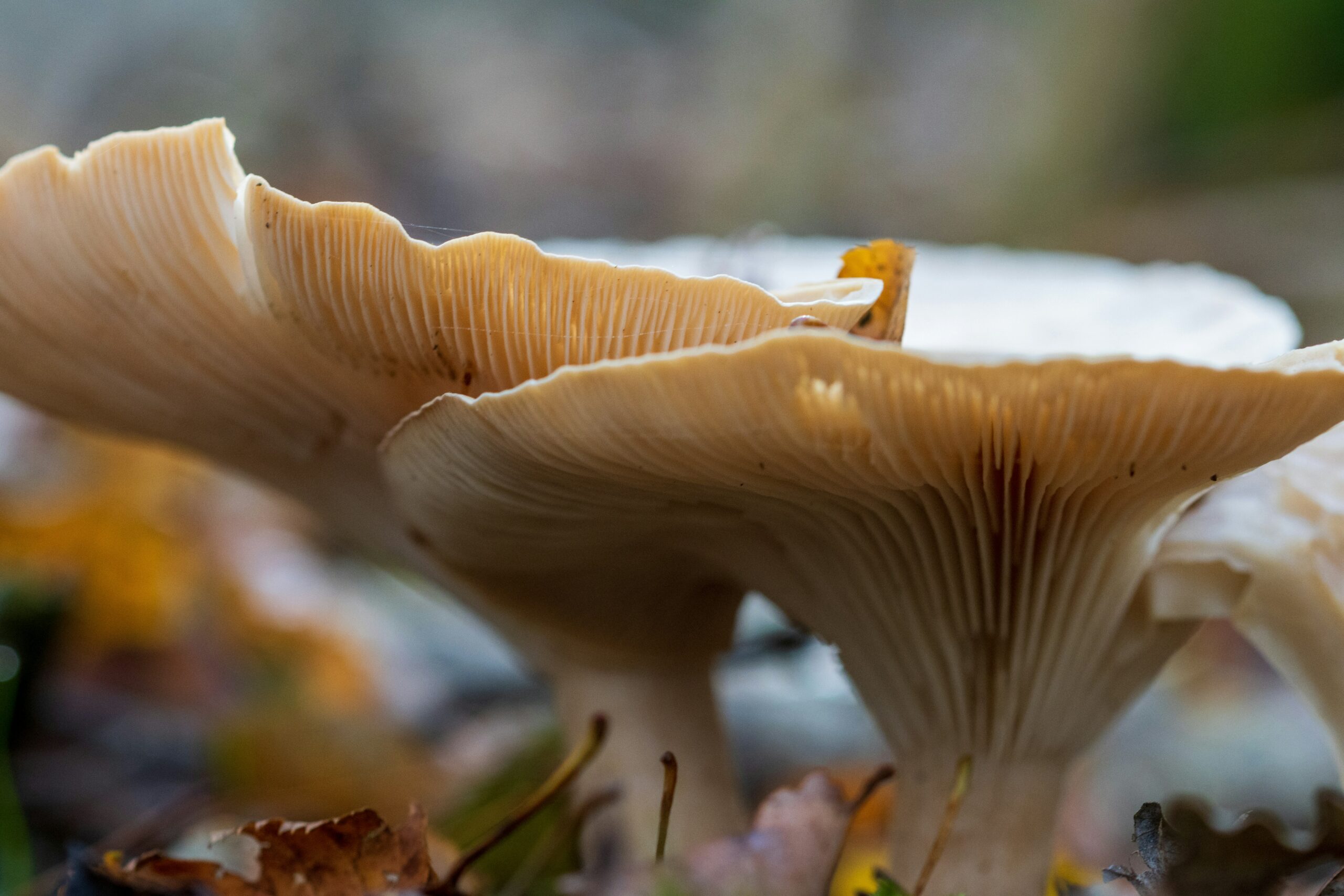
Decomposition might be the most misunderstood form of beauty. When a leaf breaks down, it doesn’t simply vanish, it morphs! Its veins become skeletons, its surface flakes into lace. Fruit, as it ferments and collapses, glows with unexpected colours and textures: deep purples, bruised blues, earthy browns, even soft, ghostly whites of spreading mould.
Fungi and bacteria bring their own aesthetic. Under macro, a simple mould bloom reveals a forest of tiny filaments topped with dew-like spores. What was once repulsive becomes otherworldly. Photographed well, rot takes on a quiet dignity, almost painterly in its colour and form.
To capture rot is to embrace transience. Lighting plays a key role – soft diffused light brings out subtle textures, while directional light carves dimension. Subjects change rapidly. One day, you might see a fascinating bloom; the next, it’s gone. Decay doesn’t wait.
Rust: Time Etched in Metal
Rust is nature reclaiming what we tried to make permanent. Iron and oxygen dance slowly together, painting surfaces in flaky reds, fiery oranges, dark bruised purples. Rust spreads like frost or like lichen, in creeping maps that echo satellite imagery.
At macro scale, rusted surfaces are rich with terrain—ridges, craters, rivulets. Even a single screw head might resemble an alien planet. In the way it erodes, bubbles, flakes, and bleeds into its surroundings, rust becomes more than corrosion, it becomes artwork!
Macro photography reveals these details in striking ways. Use shallow depth of field to isolate patterns; explore angles to catch the way light clings to rusted edges. Often, what seems like a dull surface transforms into a dramatic landscape of contrast and colour under close inspection.
Ruin: Architecture in Eulogy

Decay isn’t limited to the natural world. Human-made structures decay too, and with them, the stories of those who built them. Peeling wallpaper, cracked tiles, broken window panes, all of these become powerful motifs when examined up close. The macro lens doesn’t capture entire rooms; it focuses instead on fragments that suggest an entire history.
A single rusting hinge, a charred beam, a moss-covered keyhole, these aren’t just textures. They’re symbols. Ruins don’t just show collapse; they whisper of life once lived.
In macro photography, details matter more than grand compositions. What paint is doing on the wall, how metal is warping around a screw, how spider webs weave into abandoned corners – these elements breathe character into ruin. Each image becomes a kind of archaeological sketch, small but emotionally dense.
A New Kind of Beauty
Why are we drawn to decay? In a world obsessed with gloss and filters, perhaps it’s refreshing to see something real. There’s no pretense in rot, no mask in rust. These are honest forms. They mark time’s passage without apology.
There’s also a deeper aesthetic at play. In Japanese culture, wabi-sabi celebrates the beauty of imperfection and impermanence. Macro photography of decay aligns perfectly with this. Nothing lasts forever, and when you look closely, the moment of falling apart is often where beauty peaks.
Photographing decay also invites stillness. It’s not fast photography. You wait, observe, adjust your focus millimetre by millimetre. The process is immersive, even intimate. You’re not capturing decay—you’re spending time with it.
Tips for Photographing Decay Up Close
- Seek Soft Light: Overcast days or shaded windows are perfect. Hard sunlight can wash out textures; decay needs gentleness.
- Get Closer Than You Think: Use a dedicated macro lens or extension tubes. A world exists at just 1:1 magnification.
- Use a Tripod and Manual Focus: Depth of field becomes razor-thin. Tripods help with stability, and manual focus ensures control.
- Focus Stack When Needed: Especially with rust and texture-heavy subjects, stacking multiple shots at different focus points brings out sharpness across the image.
- Don’t Overstage It: While decay can be found at home (rotting fruit in a bowl, for example), allow it to stay natural. Don’t clean it up—it’s meant to be wild.
- Be Safe: Some rot can release spores or unpleasant odours. Wear gloves, especially when handling mould or decomposing organic matter. Always photograph in well-ventilated spaces.
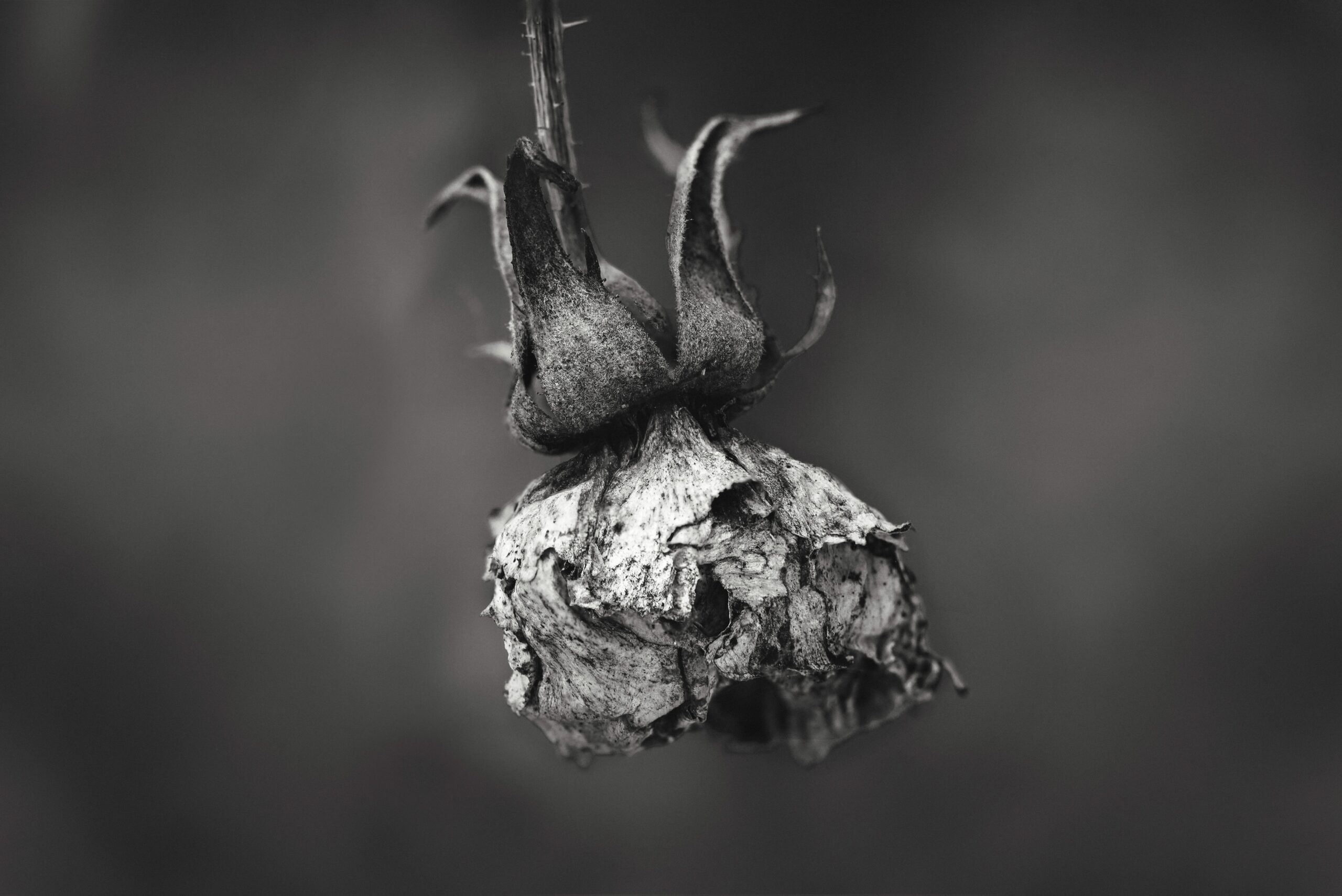
From Waste to Wonder
In the end, “Decay Diaries” is more than just a photography theme. It’s a mindset. It invites us to appreciate the cycles we often ignore. To find beauty in what fades. To treat neglect not with disdain, but with curiosity. To look at what the world discards—and give it attention, light, and presence.
Rot, rust, and ruin aren’t signs of failure. They’re part of a larger rhythm. Through the macro lens, we don’t just see the surface—we see stories, slow transformations, and the quiet elegance of time at work.
So the next time you see a flaking wall, a forgotten apple, or a rusted bolt—don’t look away. Get closer. There might be a masterpiece waiting there, quietly falling apart.

